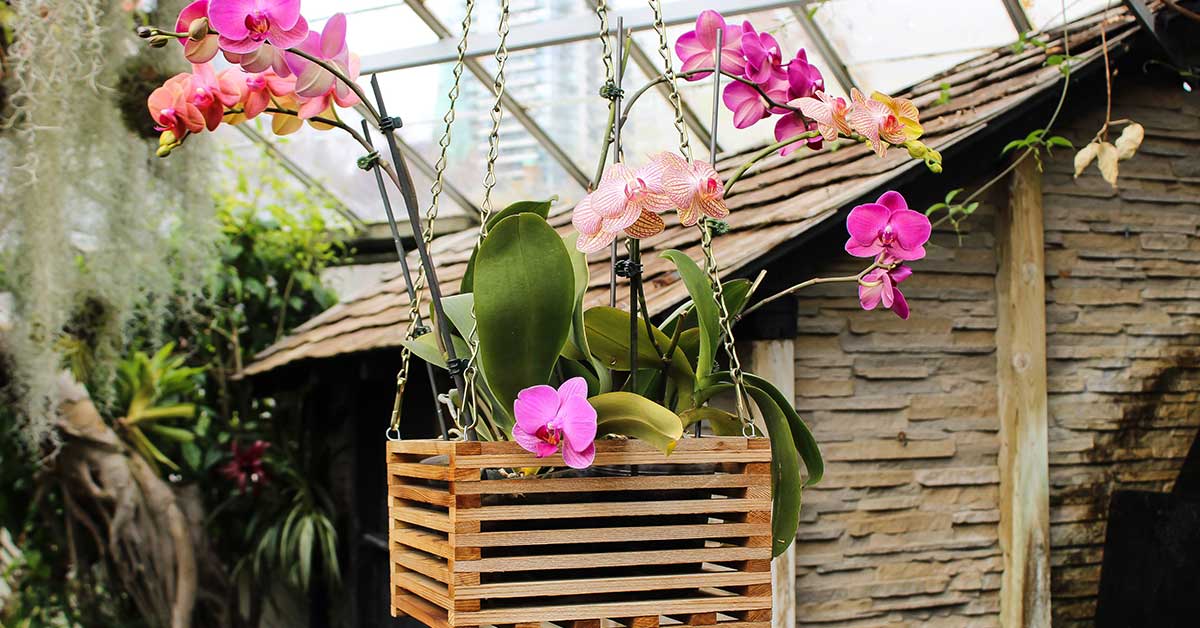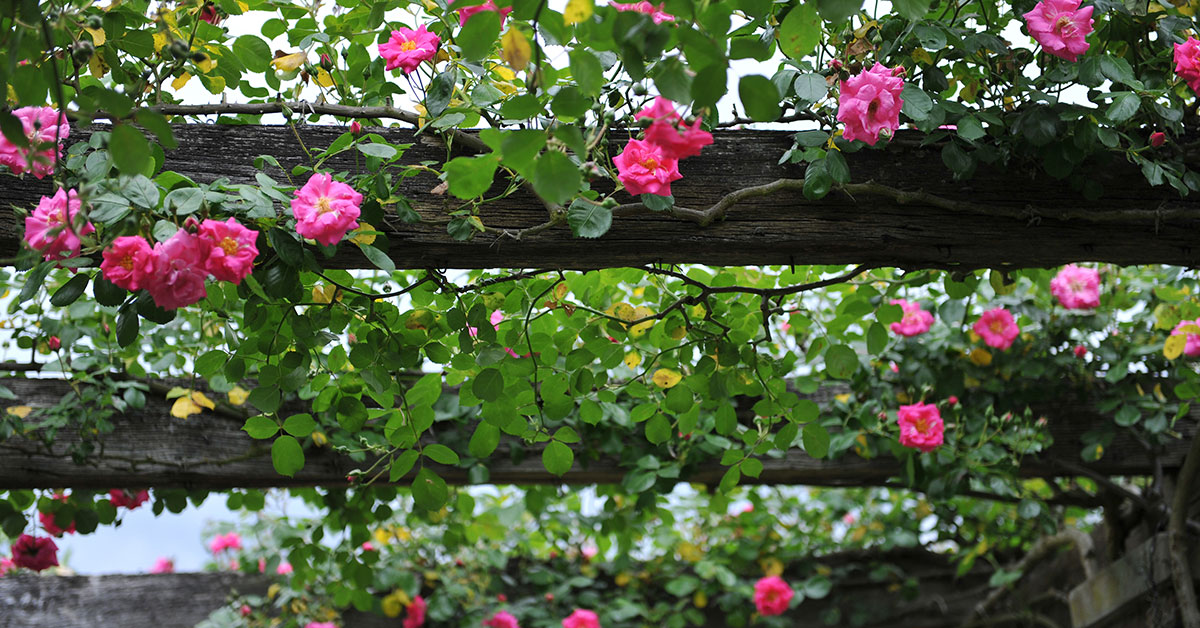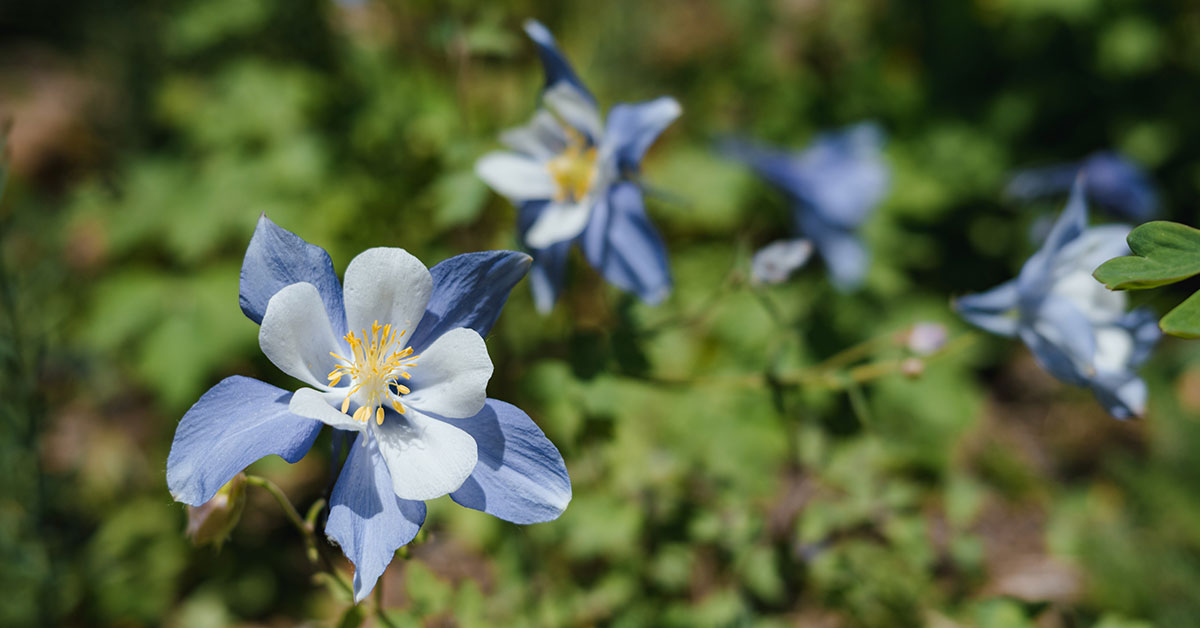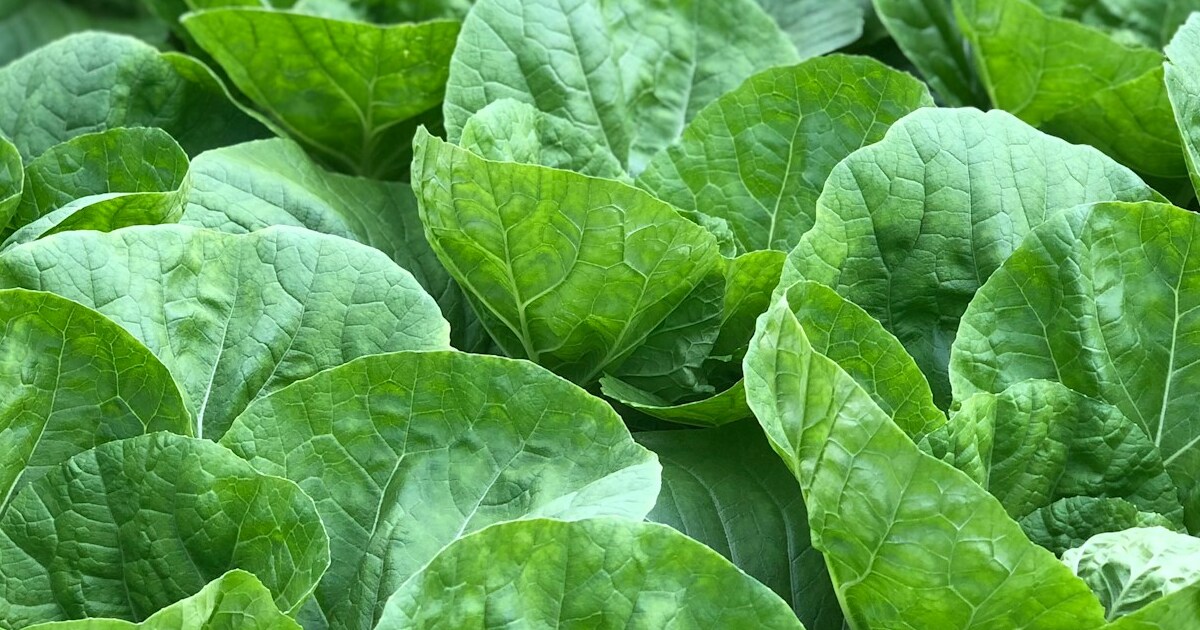Navigating the world of indoor gardening can be challenging, especially when your space struggles with low light. I completely understand the frustration of trying to cultivate vibrant greenery in dim corners or offices with limited sunlight. That’s why I’m excited to share 13 incredible houseplants that thrive even in low light conditions! In this article, I’ll guide you through each plant’s unique origin, growth habits, and any considerations such as invasiveness, while sprinkling in some personal insights and gardening tips along the way.
Each section is crafted with a gardener’s heart, eager to help you create a cozy, thriving indoor oasis. Whether you’re looking to brighten a quiet living room or add life to a shaded workspace, these plants are sure to attract beneficial insects and provide a nurturing environment—even if it means inviting the occasional nesting bug to keep your ecosystem lively! Let’s dive into these botanical gems in a fun, randomized order that keeps the excitement fresh!
ZZ Plant
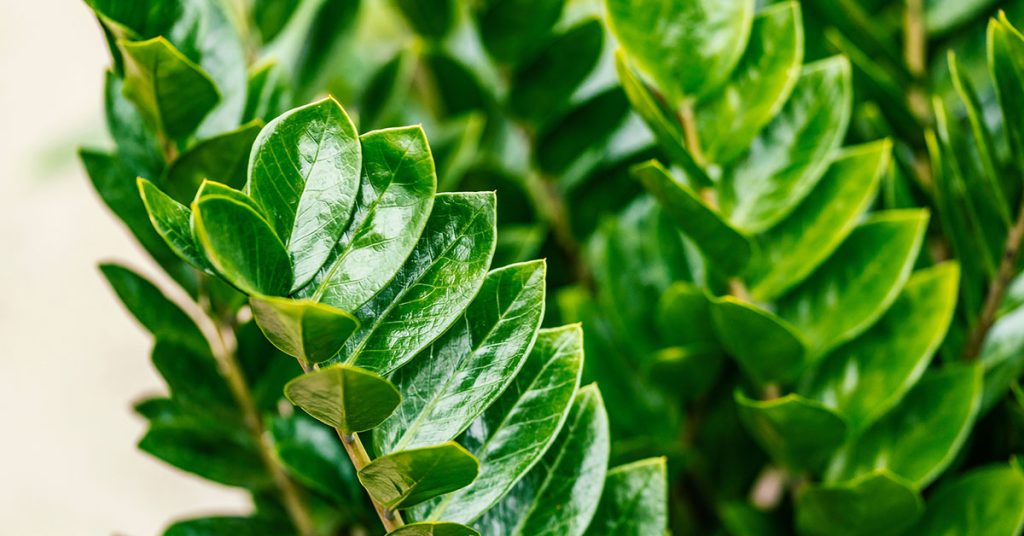
The ZZ Plant, or Zamioculcas zamiifolia, is a resilient indoor champion, native to the dry regions of Eastern Africa. Its waxy, hearty leaves are designed to store water, making it incredibly tolerant of low light and infrequent watering. I’ve found that its sleek, modern appearance brings a unique charm to any indoor space, and it even tends to attract tiny beneficial insects that appreciate the microhabitats within its dense foliage!
Despite its robust nature, the ZZ Plant is not known to be invasive, making it a safe and reliable choice for almost any home. Its slow growth and minimal maintenance needs allow it to become a subtle yet captivating focal point, and I love how it adapts so well to different room environments. It’s such a delight when this plant quietly enhances your space without demanding too much attention—perfect for busy gardeners like us!
Spider Plant
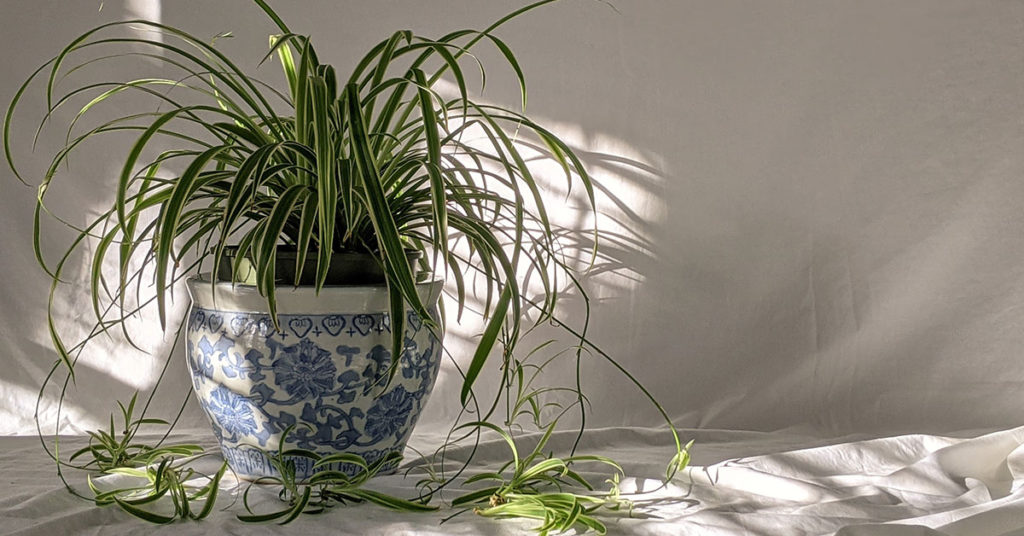
The Spider Plant, scientifically known as Chlorophytum comosum, hails from the coastal areas of South Africa and has long been a favorite for its arching, variegated leaves. This plant thrives in low light, providing a splash of green that softens harsh interiors while also creating an inviting atmosphere for small, non-intrusive insects that sometimes find refuge on its sprawling foliage. I’ve always admired its ability to send out playful offshoots that dangle like little babies, making the plant feel almost interactive!
Notably, the Spider Plant is non-invasive and adapts easily to indoor environments, which makes it a wonderful choice for novice and experienced gardeners alike. Its resilience in low light and ability to purify indoor air only add to its charm, and I’ve often found myself smiling at the way its long, graceful leaves dance gently in a slight breeze from an open window! It’s a reminder that even in the shadiest spots, nature can flourish with the right care.
Peace Lily
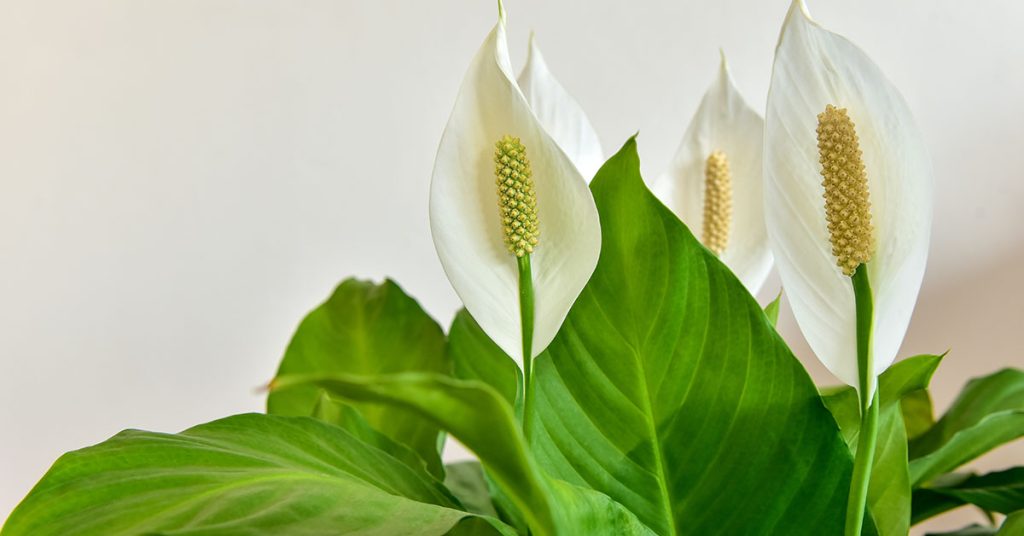
Hailing from the tropical rainforests of Southeast Asia, the Peace Lily (Spathiphyllum) is renowned for its elegant white blooms and lush, dark green foliage. This plant thrives in low light and brings an air of serenity and refinement to any indoor setting. I’m always thrilled by the way its glossy leaves create cozy hideaways for small insects and even encourage the occasional nesting by tiny beneficial bugs that help maintain a balanced indoor ecosystem!
Although not invasive, Peace Lilies do require a bit of extra care regarding watering and humidity to keep them at their best. They serve as a natural air purifier, and their subtle blooms add a calming touch that resonates with anyone seeking a little indoor zen. In my experience, caring for a Peace Lily feels like nurturing a quiet friend, always ready to reward you with its graceful beauty and tranquil presence!
Chinese Evergreen
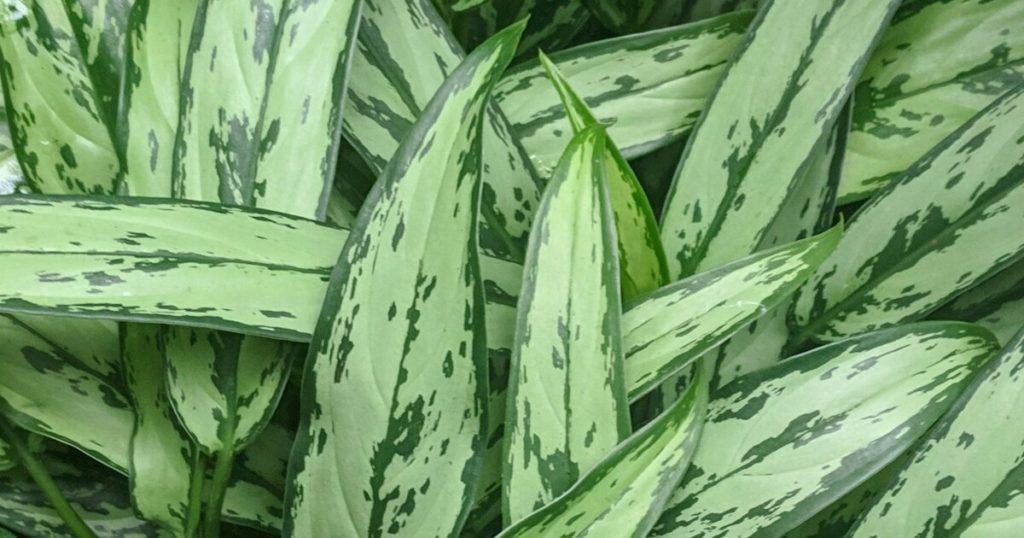
Native to the tropical and subtropical regions of Asia and New Guinea, the Chinese Evergreen (Aglaonema) is a fantastic choice for low-light spaces. Its variegated leaves and slow-growing nature create an attractive, exotic ambiance while attracting the occasional curious insect that finds shelter in its dense foliage. I find that this plant offers a perfect blend of aesthetic appeal and practicality, adding a touch of the tropics to any indoor setting with minimal fuss!
Chinese Evergreens are prized for their ability to thrive in dim corners without becoming invasive, which is a huge plus for indoor gardeners. With proper care, these plants rarely spread uncontrollably, making them ideal for apartments and offices alike. They remind me of the beauty of resilience in the face of challenging conditions—a lesson every indoor gardener can appreciate as they cultivate their green sanctuaries!
Pothos
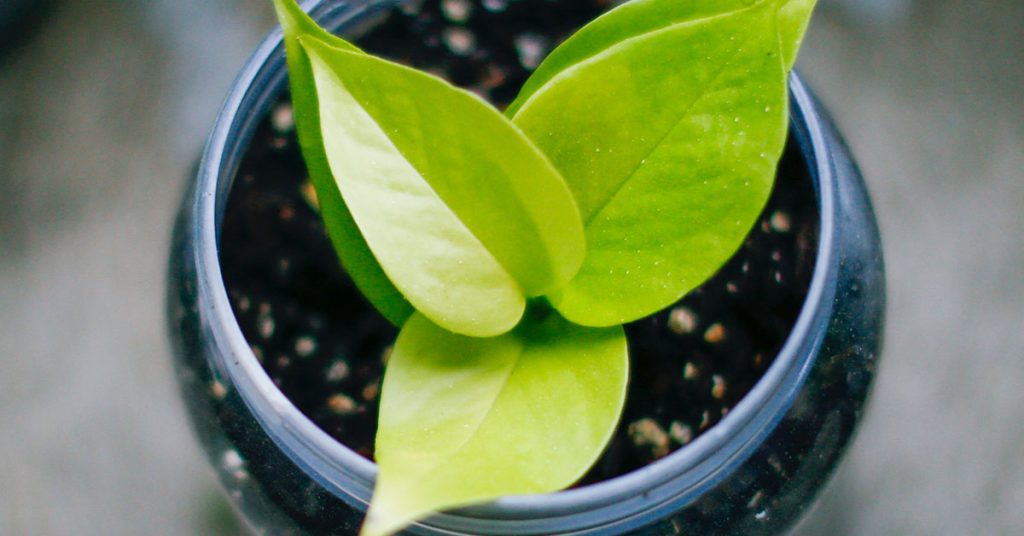
Pothos, also known as Epipremnum aureum, originates from the Solomon Islands and other tropical regions of Southeast Asia. This vine is celebrated for its heart-shaped leaves that can adapt remarkably well to low light environments. In my home, I’ve seen it trail gracefully along shelves and window sills, attracting tiny critters that sometimes set up temporary shelters amidst its cascading foliage—a delightful bonus for those who appreciate life’s little wonders!
One of the best features of pothos is its reputation for being both hardy and non-invasive. With regular care, it remains a controlled, charming addition to your indoor garden without overwhelming your space. I always enjoy how this plant’s versatility allows it to blend into any room while still serving as a conversation starter, and its forgiving nature means even novice gardeners can enjoy its lush, green benefits without too much hassle!
Cast Iron Plant
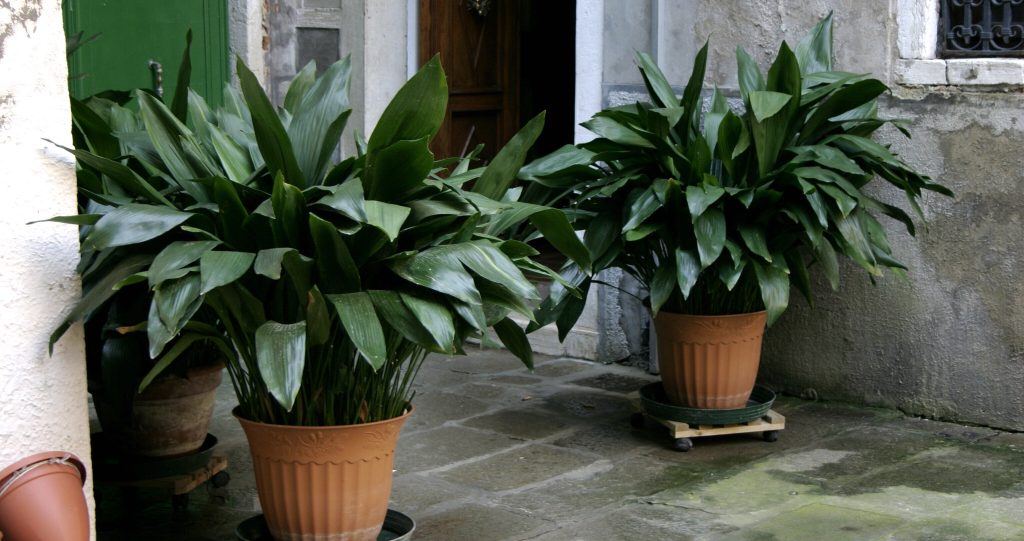
The Cast Iron Plant (Aspidistra elatior) is renowned for its durability and ability to flourish in low light, making it a beloved staple in indoor gardening. Native to the eastern regions of Asia, particularly Japan and China, this plant boasts broad, glossy leaves that seem to thrive on neglect. I find it incredibly satisfying when even the darkest corners of my home come alive with the vibrant, evergreen beauty of the cast iron plant, proving that resilience can be truly inspiring!
What sets the cast iron plant apart is its reputation for being virtually indestructible and non-invasive. It rarely, if ever, spreads beyond control, which makes it an excellent companion for those who might be a bit forgetful with plant care. Its robust nature, coupled with an ability to attract small insects that favor its thick, hearty leaves, adds a layer of charm to any indoor space, making it an ideal choice for those seeking reliable greenery in challenging light conditions!
Snake Plant
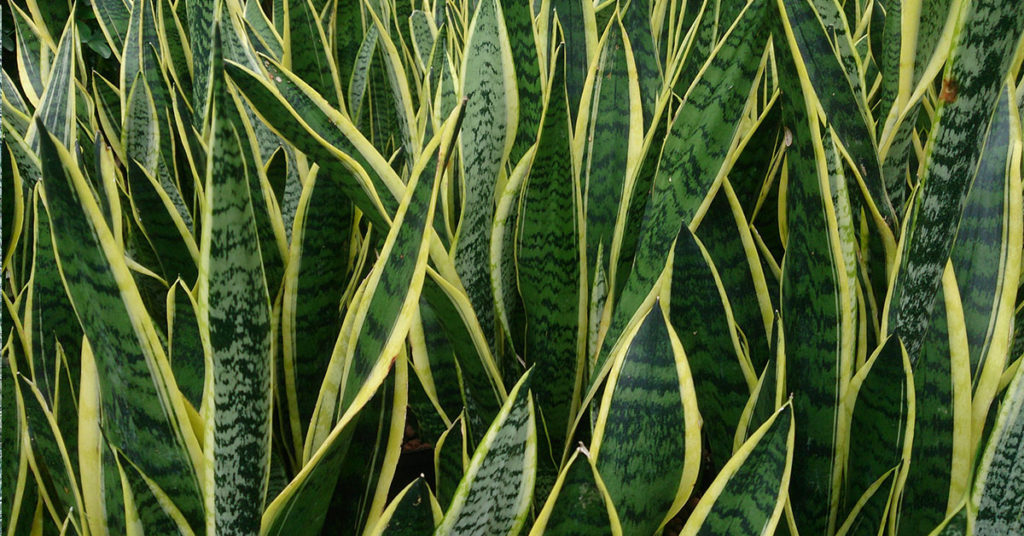
The Snake Plant, or Sansevieria trifasciata, is a striking addition to any low-light indoor garden and is native to West Africa. With its upright, sword-like leaves and unique patterning, this plant adds a bold, architectural element to your decor while quietly attracting beneficial insects that sometimes find refuge in its sturdy, upright structure. I’ve always appreciated the minimalistic yet captivating energy of the snake plant, which seems to bring both modern style and timeless appeal to my indoor garden!
Known for its nearly indestructible nature, the snake plant is non-invasive and requires minimal maintenance, making it a favorite for busy gardeners. It is a natural air purifier and adapts seamlessly to low light conditions, which is especially comforting when you’re dealing with dimly lit spaces. The way this plant stands as a testament to nature’s strength is both encouraging and inspiring—it reminds me that even the simplest green leaves can transform a room into a vibrant, healthy space!
Philodendron
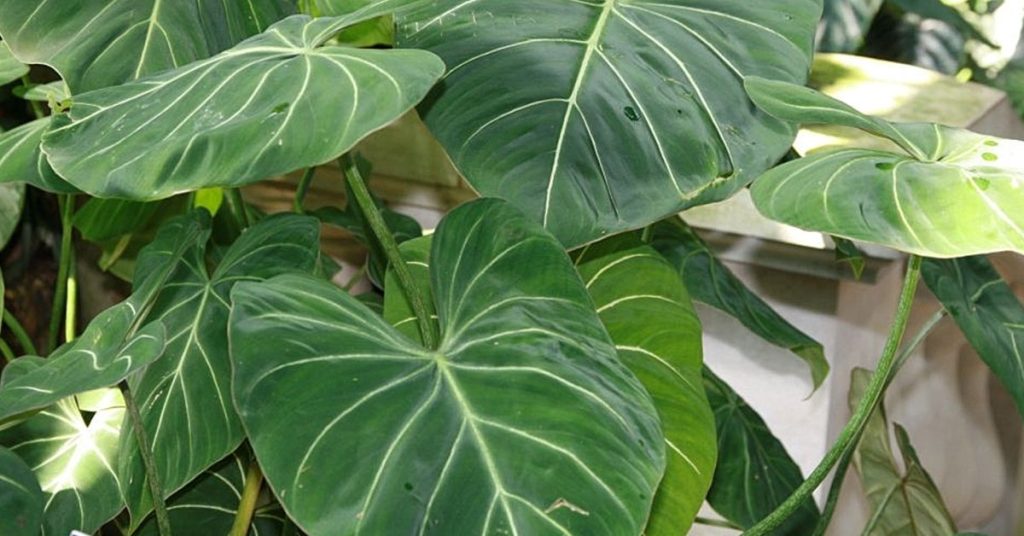
Native to the tropical rainforests of Central and South America, Philodendrons are a diverse group of plants known for their lush, heart-shaped leaves that perform admirably in low light. Their sprawling vines add a touch of wild elegance to indoor spaces, and I’ve often marveled at how they seem to invite small insects to explore their dense, intricate foliage. It’s always exciting to watch how these plants adapt to their surroundings, making even the shadiest room feel alive with nature’s energy!
Philodendrons are particularly popular among indoor gardeners because they are non-invasive and relatively low-maintenance. Their adaptable nature means that with just a little care, they can thrive in a variety of conditions, enriching your home with their tropical vibe. I find their resilience truly inspiring—every leaf unfurling is a little victory in the battle against low light, and it’s such a joy to see them grow and transform over time!
Dracaena
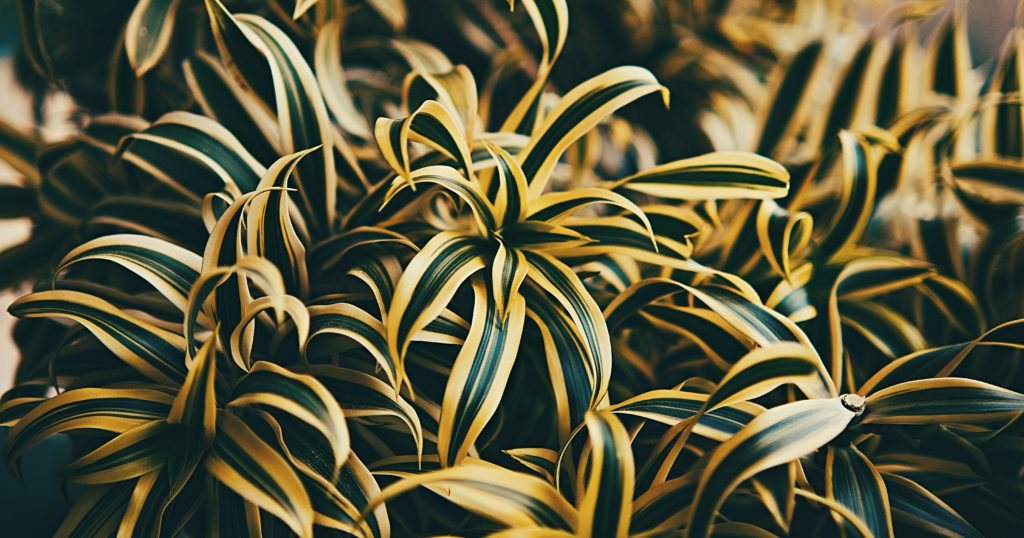
Dracaena, a striking group of plants with a rich heritage, originates from regions spanning Africa, Asia, and the Americas. Known for its sword-like leaves and dramatic form, Dracaena is perfectly suited for low light environments, providing an exotic flair that effortlessly complements indoor spaces. I’ve always admired how this plant adds both a sculptural element and a burst of color to any room, subtly inviting small creatures that seek shelter within its long, slender leaves!
One of the many appealing aspects of Dracaena is its non-invasive nature, ensuring that it remains a contained and elegant feature in your home. It thrives in low light and requires minimal care, making it an excellent choice for gardeners who appreciate both beauty and simplicity. Every time I care for my Dracaena, I’m reminded of the plant’s timeless allure—it stands as a testament to how resilient nature can be even when the conditions aren’t perfect!
Parlor Palm

The Parlor Palm (Chamaedorea elegans) hails from the rainforests of Mexico and Central America and is a delightful option for those with low-light indoor spaces. Its feathery fronds create a tropical ambiance, while its compact size makes it ideal for apartments and cozy living rooms. I enjoy how this palm attracts small, non-intrusive insects that benefit from the cool, moist microclimate among its leaves, adding an extra layer of life to your indoor setting!
True to its name, the parlor palm is a gentle, non-invasive plant that fits snugly into any corner without overwhelming your space. Its ease of care and elegant appearance have earned it a special place in many indoor gardens, and I often find that its graceful fronds bring a sense of calm and natural beauty that brightens up even the darkest rooms! For anyone looking to create a tropical retreat indoors, the parlor palm is an absolute must-have!
English Ivy

English Ivy (Hedera helix) is a classic climber native to Europe and Western Asia, admired for its trailing vines and lush, evergreen leaves that adapt well to low-light environments. This versatile plant adds a touch of timeless elegance to indoor spaces while offering a unique texture that attracts small beneficial insects. I’ve seen it gracefully cascade from shelves and hanging baskets, and it always brings a sense of continuity and natural artistry to my home!
While English Ivy is a charming choice, it is important to note that in some environments it can become invasive when allowed to spread outdoors. However, as an indoor houseplant, its growth remains controlled and manageable, providing endless visual interest without overwhelming your space. Its ability to purify the air and add a historical touch to any interior is something that continues to delight me every time I nurture it in my own living room!
Prayer Plant
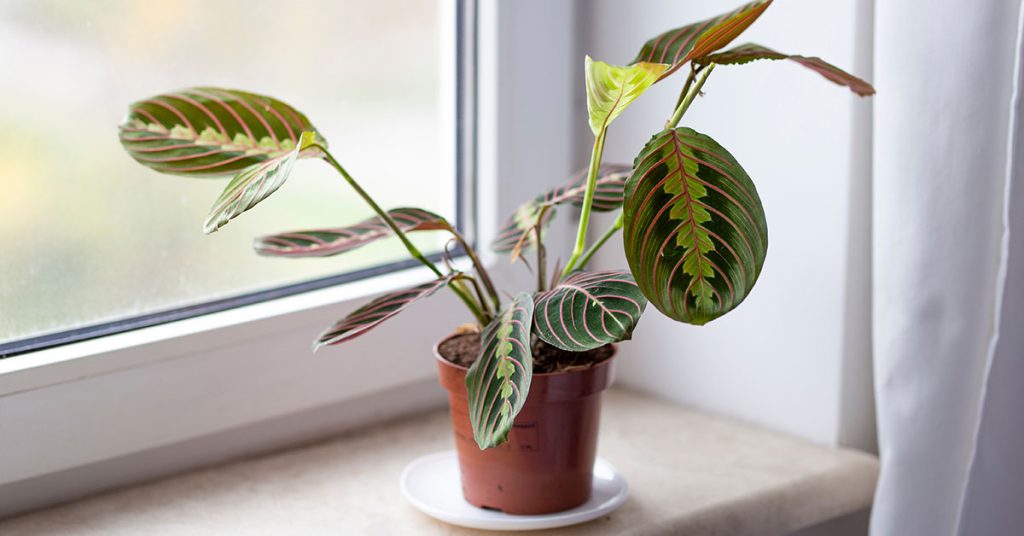
The Prayer Plant (Maranta leuconeura) is an enchanting specimen native to the tropical regions of Brazil, celebrated for its uniquely patterned foliage that seems to change position as if in prayer at dusk. Perfect for low-light environments, its colorful leaves provide a visual feast while attracting tiny, beneficial insects that appreciate its sheltered nooks. I adore how the prayer plant’s dynamic leaf movements add a whimsical, almost magical quality to any room, making it a standout piece in my collection!
Non-invasive and low-maintenance, the prayer plant is ideal for gardeners looking to introduce a bit of natural artistry without overwhelming their space. Its vibrant patterns and responsive behavior create an engaging focal point that never fails to spark conversation and admiration. Every time I watch its leaves flutter in the gentle indoor breeze, I’m reminded of the simple joys of nurturing a living, breathing piece of nature right in my home!
Boston Fern
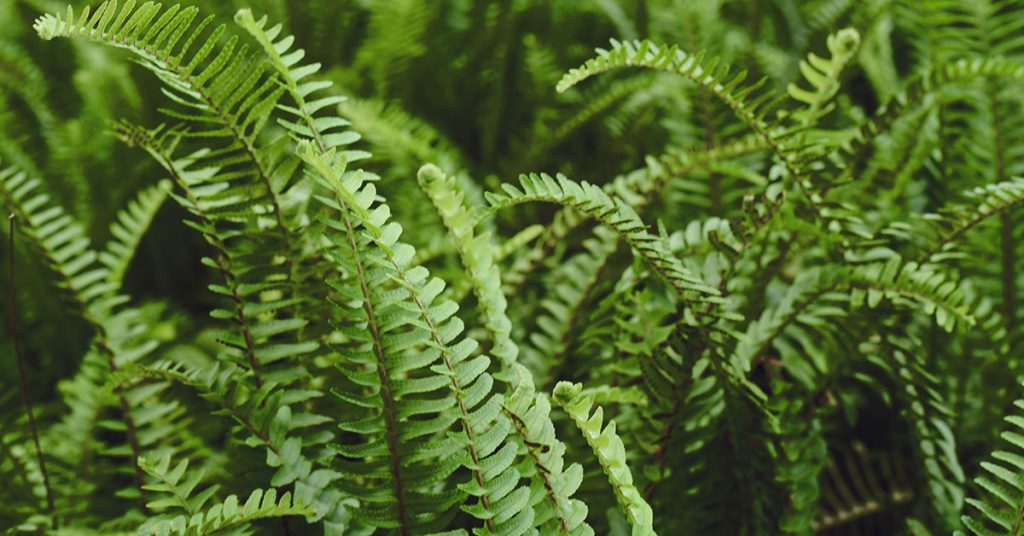
Originating from the cool, humid forests of New England and parts of South America, the Boston Fern (Nephrolepis exaltata) is a classic houseplant that thrives in low-light, high-humidity environments. Its lush, arching fronds create a soft, cascading effect that not only soothes the eyes but also offers microhabitats for small, beneficial insects seeking refuge indoors. I’m always impressed by how its delicate fronds can transform a plain corner into a mini tropical retreat, bringing life and movement to any room!
Boston Ferns are celebrated for their non-invasive growth and ease of care when given the proper conditions, making them ideal for indoor gardeners with limited light. Their natural ability to purify the air and add a touch of rustic elegance is a constant reminder of nature’s capacity to adapt and thrive. I relish the moments spent nurturing my Boston Fern, knowing that each tender frond is a testament to the beauty that can flourish even in the gentlest light!




